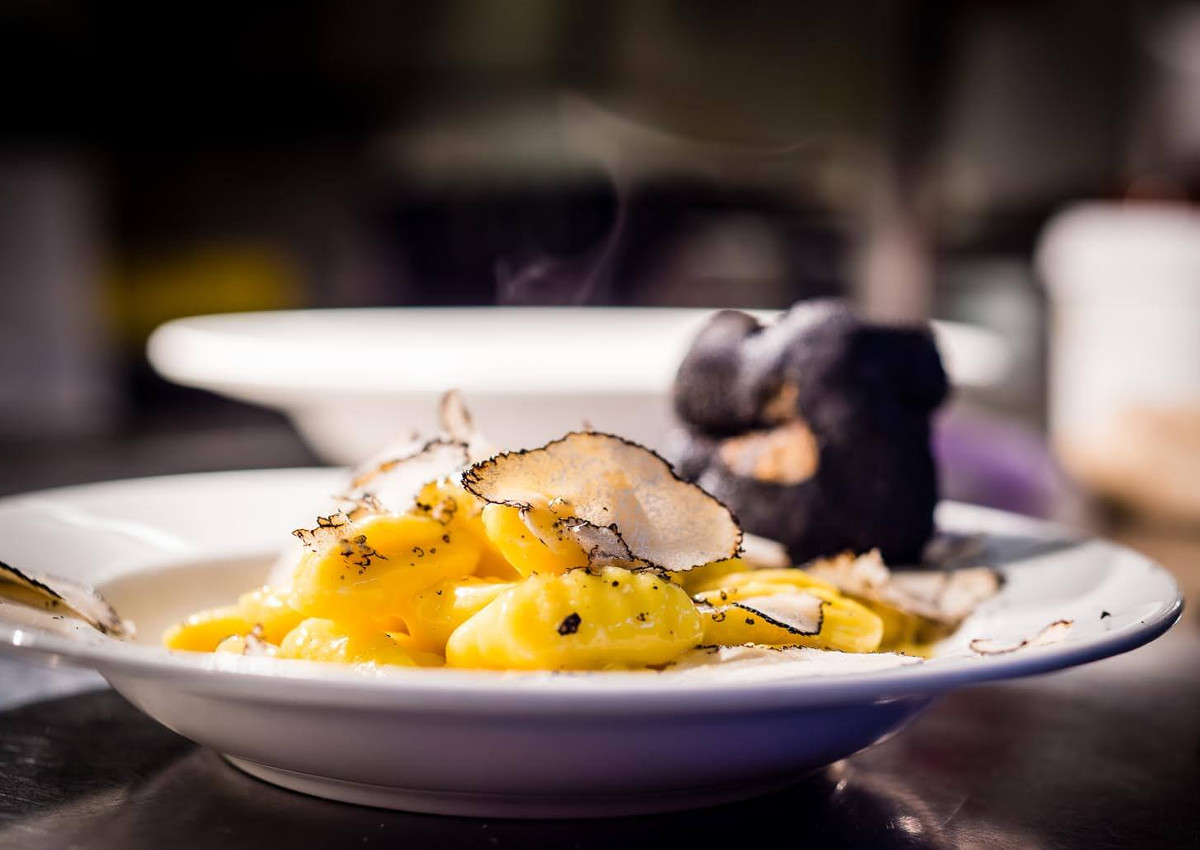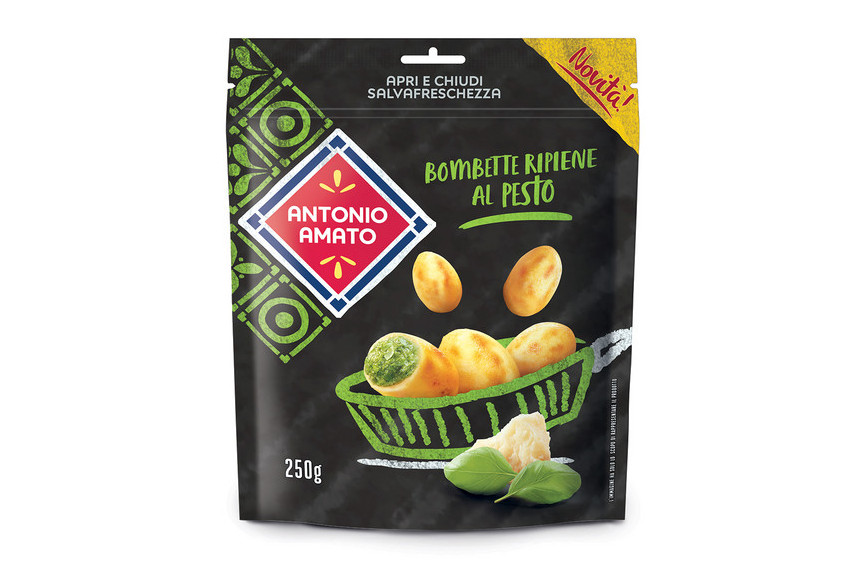
On foreign markets’ retail and foodservice segments, Italian fresh pasta is experiencing double-digit growth every year. But the maintenance and control of the cold chain is still a strong constraint in terms of cost and practicality for fresh pasta. This is especially true for less structured and/or organized producers which must vie with Italian producers of dry filled pasta (chiefly Barilla) and local producers in major foreign markets such France and Belgium.
Quick-freezing is appreciated by many companies, as it allows to send fresh pasta to distant countries. However, this technique may become less cost effective and inconsistent with health and safety controls for the foodservice channel or in case of very large batches, which are a bigger challenge in terms of assessing quality and organoleptic standards of the final product.
EXPORT COUNTRIES
Companies whose turnover is generated by exports of over 30% are focusing on markets that already have high pasta consumption, thus, primarily in Europe: France, the UK, Spain, Scandinavian countries and Germany, with the latter being a market that has only recently opened up to premium Italian fresh pasta. About 40% of Italian fresh pasta is exported to EU countries. However, markets such as Eastern Europe and especially North America are growing fast. As a matter of fact, Giovanni Rana is building its second pasta factory in Chicago. In such markets, the target consumers are individuals with high disposable income who fully appreciate Italian cuisine and therefore seek more authentic products that are closer to the original culinary traditions of Italy.

Tortelloni all’Arrabbiata – Alibert
ACQUISITIONS
Recently, the future of Italian fresh pasta in the global market, among other things, has begun to attract the interest of some foreign investment funds and multinationals of the food industry. In early 2018, after the acquisition of a part of Bertagni 1882’s equity (70%) by the Spanish Grupo Ebro, the market may witness new involvement on the part of hedge funds in the form of joint ventures or large global agri-food players.
RAW MATERIALS: MORE SUPPLY CHAIN, MORE RISING COSTS
Market development also needs continuous guarantee of effective and certifiable control at all stages of the supply chain. As bigger players embrace organic products, the public becomes more aware of compliance certifications which apply to the main suppliers of raw materials, (chiefly flour, eggs and meat fillings).

Bombette filled with pesto – Antonio Amato
The agreements along the supply chain between farmers and processing companies can curb the risk of excessive standardization of the most classic products. What was previously done for eggs (now from farm-raised hens) is now being done also for other basic ingredients, including flour. The strategy adopted years ago by Italian producers of dried pasta for the supply of durum wheat can serve as an example to enhance even further top range products, even those that are outside of the organic supply chain.
The fluctuations of certain raw materials, primarily eggs and potatoes, are still quite common. The inconsistency of weather patterns in major producing countries – Russia, Ukraine, Germany, Poland, Holland and France – have affected both the volumes and the quality of potatoes. This has led to higher average wholesale prices, which, in turn, made several companies use potato flakes for the production of gnocchi. The shift was well appreciated by both Italian consumers and foreign ones as it improved the quality of the finished product.

Fresh Potato Gnocchi with Beetroot – Mamma Emma, Master
FROM TRADITIONAL CRAFTSMANSHIP TO INDUSTRY 4.0
Fresh pasta is typical of ‘artisans’. However, lately, many companies have invested significant financial and human resources to find ways to use Industry 4.0 digital technology to increase volumes, without sacrificing health and safety or the product’s typical ‘craftsmanship’. In Italy, the Verona area is still the driving force of the fresh pasta segment. In the ’80s, thanks to the rapid growth of Pastificio Rana and other producers of dumplings and stuffed pasta, the Verona area (and more generally the Veneto region) naturally became the segment’s manufacturing stronghold. However, recently, several other similar companies opened up along the Adriatic coast: from the Emilia Romagna to the Marche regions, all the way down to Apulia.
